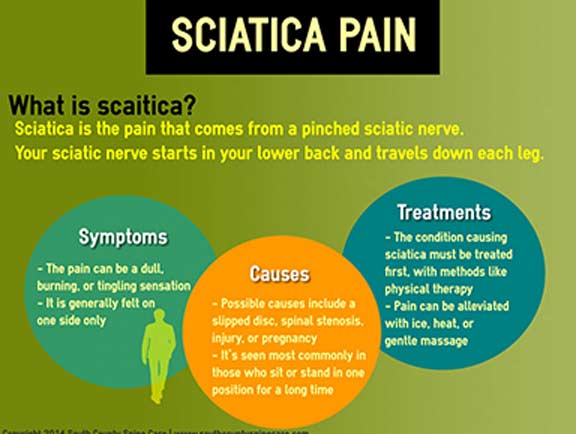The Effect Of Posture On Back Pain: Just How To Preserve Good Alignment Throughout The Day
The Effect Of Posture On Back Pain: Just How To Preserve Good Alignment Throughout The Day
Blog Article
Personnel Writer-Ibrahim Bennett
Preserving appropriate pose isn't practically staying up right; it has to do with aligning your body in a manner that supports your spinal column and minimizes the risk of pain in the back. The method you rest, stand, and move throughout the day can considerably impact your spinal health and wellness. Yet exactly how exactly can you ensure excellent positioning continually, also during active days filled with different tasks? Let's delve deeper into the subtle yet impactful adjustments you can make to your everyday regimen to maintain your back satisfied and healthy and balanced.
Value of Proper Pose
Proper position is crucial in preserving a healthy and balanced back and protecting against discomfort. When you sit or stand with excellent pose, your spine remains in placement, reducing strain on your muscle mass, tendons, and joints. This placement enables the body to distribute weight evenly, avoiding too much anxiety on particular areas that can cause discomfort and pain. By keeping lower back pain on both sides aligned, you can additionally boost your breathing and digestion, as slouching can compress organs and restrict their capability.
Moreover, maintaining great posture can boost your overall appearance and positive self-image. When you stand tall with your shoulders back and head held high, you show confidence and appear more approachable. Good stance can additionally make you really feel a lot more stimulated and sharp, as it advertises appropriate blood flow and permits your muscular tissues to work efficiently.
Incorporating appropriate pose into your daily regimen, whether sitting at a desk, strolling, or working out, is important for preventing neck and back pain and promoting overall health. Keep in low back pain treatment , a small modification in just how you hold on your own can make a significant difference in exactly how you feel and operate throughout the day.
Common Postural Mistakes
When it involves keeping good posture, many people unconsciously make usual blunders that can contribute to back pain and pain. Among one of the most prevalent errors is slumping over or hunching over while resting or standing. This position puts excessive stress on the back and can result in muscular tissue discrepancies and pain over time.
One more typical error is overarching the reduced back, which can flatten the all-natural contour of the spine and cause discomfort. Additionally, going across legs while resting may feel comfy, however it can create an imbalance in the hips and hips, resulting in postural problems.
Using a pillow that's as well soft or too firm while resting can also influence your positioning and contribute to neck and back pain. Last but not least, regularly craning your neck to consider displays or adjusting your placement often can strain the neck and shoulders. Bearing in mind these common postural blunders can assist you maintain better alignment and lower the risk of neck and back pain.
Tips for Correcting Alignment
To improve your placement and reduce back pain, it's vital to concentrate on making small adjustments throughout your daily routine. Begin by bearing in mind your pose. When sitting, guarantee your feet are flat on the flooring, your back is straight, and your shoulders are loosened up. Stay clear of slouching or leaning to one side. Usage ergonomic chairs or cushions to sustain your reduced back.
When standing, distribute your weight uniformly on both feet, maintain your knees a little curved, and tuck in your hips. Involve https://best-chiropractic-clinic73940.blogrelation.com/38240467/a-beginner-s-guide-to-understanding-cervical-back-anatomy-and-its-influence-on-neck-discomfort to sustain your back. Take breaks to extend and walk if you have a less active job. Integrate exercises that strengthen your core and back muscular tissues, such as planks or bridges.
While sleeping, utilize a cushion that sustains the all-natural curve of your neck to keep appropriate spine positioning. Avoid sleeping on your stomach, as it can strain your neck and back. By bearing in mind these ideas and making small adjustments, you can gradually correct your placement and reduce pain in the back.
Final thought
Remember, maintaining great position is essential to preventing pain in the back and advertising spinal health and wellness. By being mindful of your placement, dispersing weight equally, and engaging your core muscular tissues, you can minimize strain on your back and minimize the risk of pain and injury. Integrate ergonomic support, take normal breaks to stretch, and strengthen your core and back muscle mass to keep correct positioning throughout the day. Your back will thanks for it!
